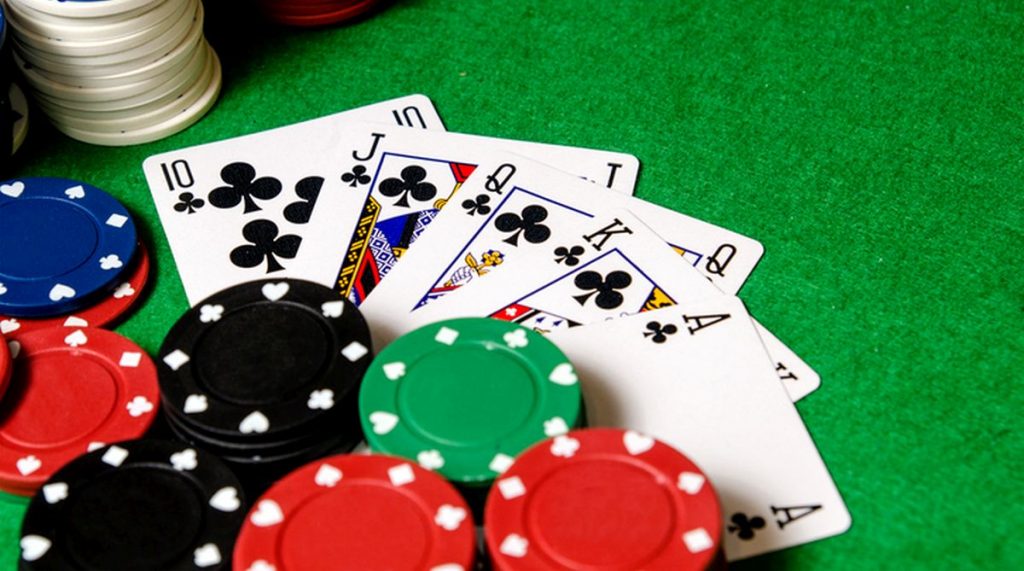
How To Play Poker
Introduction to poker
Learning the rules of poker before you get started is always a great way to get more out of your game. When it comes to playing Texas Hold'em, there are few things you need to know. The four most common card combinations used in poker are:
- Full House: Three of a kind and a pair
- Flush: Five cards all of the same suit
- Straight: A sequence of cards with no repeats and not in order (7,6,5)
- Four Of A Kind: Four cards of the same rank (a flush only has five cards)
If you can remember these, even without knowing any strategy or tactics, you'll be on the right track.
What is poker?
Poker is a game of chance. It's played with five or more cards by one or more players who doesn't see the cards because they are dealt face down. A player must try to get the best hand possible by making combinations out of his cards and other players' face-down cards. An obvious goal, then, is to play your best hands in situations where you can know all the other players' hands without them knowing yours.
How to select your cards?
Aimlessly flipping through your hand in hopes that you have the perfect cards may sound like a fun way to kill time, but it's not an efficient method to improve your poker game. Carefully looking at each card will allow you to identify anything that could help in another part of the game, for example make straights or flushes. These are two specific traits you should find in your hand when selecting your cards. The best poker players usually pick their hole cards by first looking at the flop and deciding which hand they want to play. They then look through all of their hole cards and find the ones that work best with the other plaor example, if it's turn and an 8 is on the table, along with turn card is a J and your third hole cyed cards to create a three card hand. Fard is a 10, that would be an excellent hand as you now have Three Of A Kind. Just as you would in any other casino game, those are extremely volatile hands and highly probable that it will win. Once an opponent has bet again on the fourth street, use what's called "slow play" when determining when to raise or call. You
When do you place a raise or bet?
When selecting an action for this situation, you need to consider many factors. The table will be playing tight and heavy so you will want to raise with strong hands and balance your range. If the player that set thisv bet out of position then more of your raising range will be folded, and your chances of winning improved. A raise is done when you think that there's at least a 50% chance of you winning the hand. It can either be to bring the betting amount higher than the previous bet, or to show the other players that they ought to reconsider their action because their opponent has good cards. A bet is done when you are pretty sure that you have either nothing or some very poor cards.
Can you lose as soon as the first player folds?
If the first player folds, you win as soon as the other players to your right have folded. However, if the first player calls your all-in, you could still lose. In a tournament, the answer is no. For example, next time you're at the casino, watch the first player playing heads-up for a little while to see who starts with more chips. If that first player folds before a single rake happens, then the other player wins as soon as that first player folds. The other
player can leave and it wont make a difference.
Poker -Conclusion
Starting with what you'll need to play, I'll give you a short description of the recommended strategy and poker etiquette before we wrap up. I hope to have helped you understand what poker is, its variants, and how it is played. Poker doesn't have to be considered a complicated game, but it can be learned with a little bit of education on the rules.
So what are you waiting for? Go out there and start playing poker!

